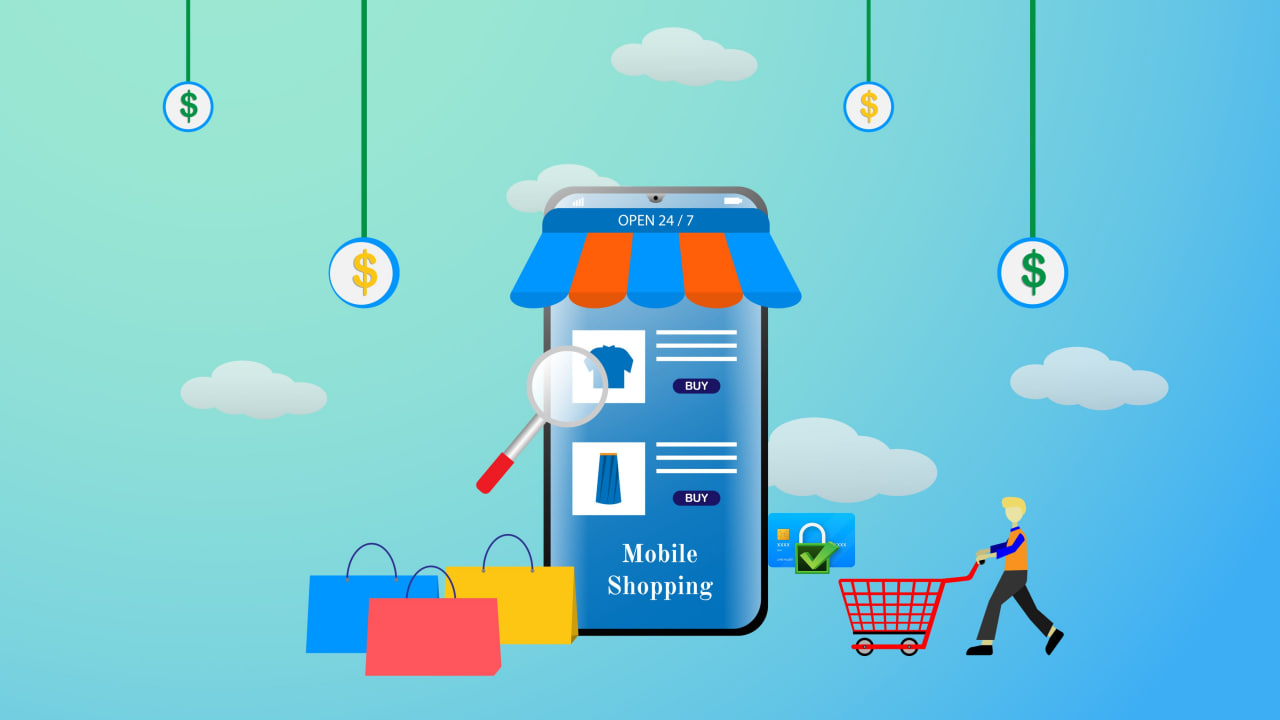In the digital era, mobile shopping has emerged as a powerful driver of revenue for businesses across the globe. With the proliferation of smartphones and the convenience of online shopping, consumers are increasingly turning to their mobile devices to browse, compare, and purchase products and services. This shift in consumer behavior is not just a trend but a fundamental transformation in how businesses interact with their customers. Here’s how mobile shopping is boosting sales for businesses:
1. Increased Accessibility
Mobile shopping allows customers to shop anytime and anywhere, breaking down the barriers of traditional retail. This 24/7 accessibility significantly increases the opportunities for businesses to engage with their audience. Consumers can make purchases during their commute, while waiting in line, or from the comfort of their homes, leading to higher conversion rates.
2. Personalized Shopping Experiences
Mobile apps and websites leverage advanced algorithms and customer data to provide personalized shopping experiences. By analyzing browsing history, purchase patterns, and preferences, businesses can tailor recommendations, promotions, and notifications to individual users. This level of personalization not only enhances the customer experience but also drives repeat sales.
3. Seamless Payment Options
Mobile shopping platforms integrate with various payment gateways, offering customers multiple payment options such as credit cards, digital wallets, and buy-now-pay-later services. The convenience and security of these payment methods reduce friction in the purchasing process, encouraging more transactions.
4. Enhanced Marketing Opportunities
Mobile devices are a gateway for businesses to connect with customers through targeted advertising, push notifications, and social media integration. For example, a well-timed push notification about a flash sale can prompt immediate purchases. Similarly, social media ads optimized for mobile devices drive traffic directly to online stores.
5. Utilization of Mobile-First Strategies
Many businesses are adopting mobile-first strategies, designing their e-commerce platforms to prioritize mobile users. Features like responsive design, fast-loading pages, and intuitive navigation are critical for retaining mobile shoppers. Companies that excel in mobile optimization see higher engagement and conversion rates.
6. Augmented Reality (AR) and Virtual Try-Ons
Mobile shopping has introduced innovative technologies like augmented reality (AR), enabling customers to virtually try on clothes, accessories, or even furniture. These interactive experiences reduce the uncertainty associated with online purchases, increasing customer confidence and boosting sales.
7. Leveraging Data Analytics
Mobile shopping platforms generate vast amounts of data that businesses can analyze to identify trends, optimize pricing strategies, and improve inventory management. Real-time insights help companies make informed decisions, ensuring that they meet customer demands effectively.
8. Expansion of Global Reach
Mobile shopping breaks down geographical barriers, allowing businesses to reach customers worldwide. With the integration of language options, currency converters, and international shipping, businesses can cater to a diverse audience, significantly expanding their market reach.
Conclusion
The rise of mobile shopping is transforming the retail landscape, providing businesses with new avenues to connect with customers and boost sales. By embracing mobile-first strategies, leveraging personalization, and integrating innovative technologies, companies can stay ahead of the competition and thrive in the digital marketplace. As mobile shopping continues to evolve, businesses that invest in this channel will be well-positioned to reap its long-term benefits.






